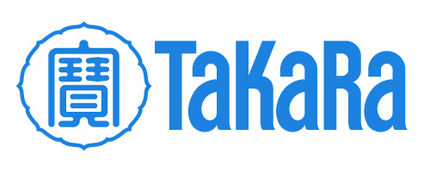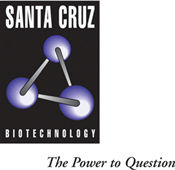About LabAs
LabAs Ltd. was established in 1991 in Tartu, Estonia as a private company by specialists in the fields of immunology, immunochemistry, protein chemistry and purification, cell biology, genetics, human and veterinary medicine. We have about 20 years long experience in producing, purifying and labeling of mono- and polyclonal (mouse, goat, rabbit, chicken) antibodies. Our services and products include
- generation of hybridoma lines producing monoclonal antibodies according to the custom's needs
- isolation of monoclonal antibodies from ascitic fluids and culture media
- labeling of mono-and polyclonal antibodies with different immunomarkers ( HRP, alkaline phosphatase, biotin, fluorochromes, gold, etc.)
- preparation of antibody fragments
- preparation of antisera in goats, rabbits, and purification of antibodies
- purification of proteins from different human and animal tissues
- preparation of immunogens from haptens (peptides) and conjugates for immunotesting
- Focus : Manufacturer
- Industry : Biotechnology
Product portfolio of LabAs
Here you will find LabAs Ltd.
See the theme worlds for related content
Topic world Antibodies
Antibodies are specialized molecules of our immune system that can specifically recognize and neutralize pathogens or foreign substances. Antibody research in biotech and pharma has recognized this natural defense potential and is working intensively to make it therapeutically useful. From monoclonal antibodies used against cancer or autoimmune diseases to antibody-drug conjugates that specifically transport drugs to disease cells - the possibilities are enormous

Topic world Antibodies
Antibodies are specialized molecules of our immune system that can specifically recognize and neutralize pathogens or foreign substances. Antibody research in biotech and pharma has recognized this natural defense potential and is working intensively to make it therapeutically useful. From monoclonal antibodies used against cancer or autoimmune diseases to antibody-drug conjugates that specifically transport drugs to disease cells - the possibilities are enormous





